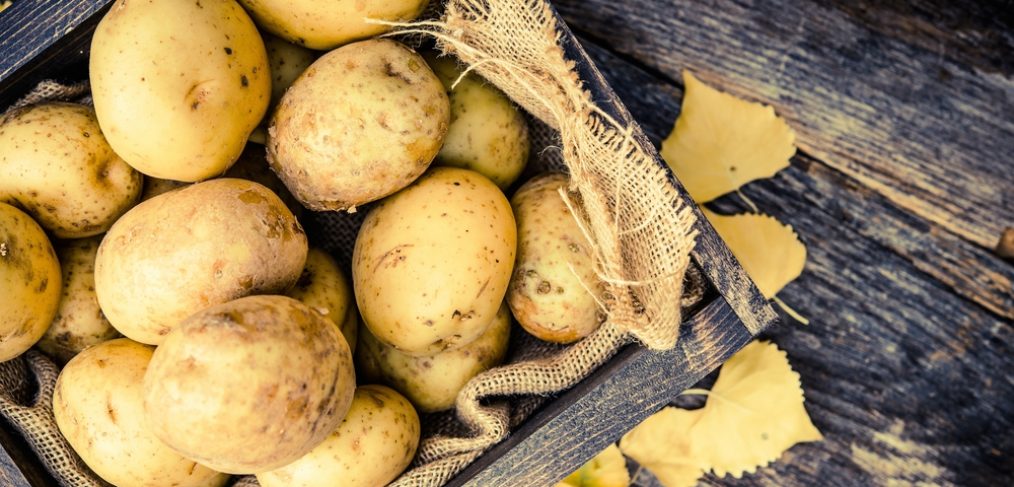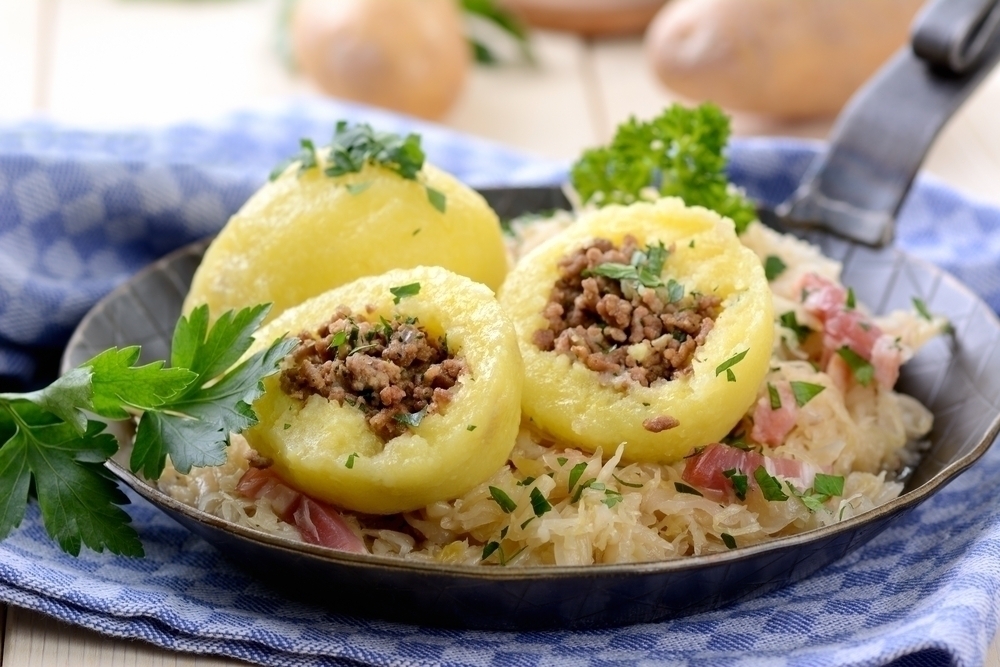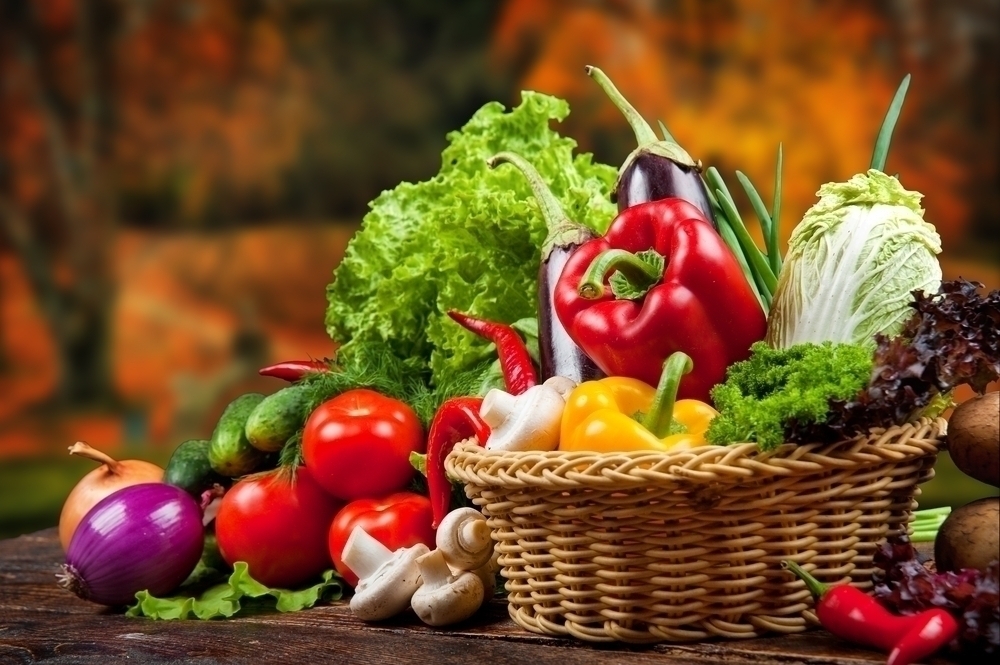So you go to your favorite juice joint and order your lunchtime smoothie? What do you put in it? Almond milk, coconut milk, carrot juice, ginger? What about potato juice? “Potato juice,” you say, “is that even a thing?” And if it is, do you want it? After all, aren’t potatoes full of starch and carbohydrates? Last you heard, the only thing potatoes were good for is making fries, chips, and vodka. Well, prepare to have your mind blown!
Potato juice has a long history of being used as a remedy for everything from skin disorders to inflammation to cancer and is an excellent source of vitamins and nutrients. Have a look at the endless benefits for yourself.
For Your Skin
Dark Circles
If dark circles under the eyes are one of your pet peeves, here’s potato juice to the rescue. Just soak some cotton balls in spud juice and place them under your eyes before you go to sleep. In a week, the dark circles should be things of the past.
Anti-Aging
Applying a face mask made with potato juice and curd is a great way to reduce fine lines and hydrate skin. Mix potato juice with olive oil to help eliminate dark circles and crow’s feet.
Blemishes
The anti-inflammatory properties in potato juice is an effective acne treatment. Apply directly to blemishes for best results.
Angular Cheilitis and Eczema
Angular cheilitis is a skin disorder which causes swelling and redness of the corners of the mouth. Potato juice is an anti-inflammatory that can help tone down lesions when applied to the affected area. Potato juice also contains vitamin B complex which can prevent vitamin B deficiency associated with this condition. Drinking potato juice can also be used to treat eczema, another common skin disorder.
For Your Hair
Hair Loss
If you want to speed up hair growth, mix potato juice with egg white and honey. Apply to hair and let it sit for two hours before rinsing with a mild shampoo and water.
Dry Hair
A combination of aloe vera and potato juice can restore the moisture to dry, fly-away hair.
Grey Hair
Use potato juice to rinse shampoo from your hair instead of water to darken gray hair and give it a radiant glow.
For Your Health
Detox
Another benefit of spud juice is its ability to flush toxins from the body. Toxin overload can break down the immune system. Drinking potato juice can ward off health problems caused by bacterial and fungal infection by detoxifying and boosting immune resistance.
Joint Pain and Arthritis
Potato juice’s ability to perform as an anti-inflammatory makes it a great remedy for gout, back pain, joint pain, and arthritis. Drink it before breakfast in the morning for optimal effect.
Weight Loss
Drink it twice daily to help you slim down–once in the morning on an empty stomach and again two or three hours before you hit the hay.
Digestion
Drink potato juice on a regular basis to improve digestion and thwart constipation, bloating, diarrhea, and indigestion. It is also known to have positive effects for those who suffer from GERD and can be used to treat peptic ulcers when combined with carrot juice.
What do you know about potato juice? Let us know how you get the most out of your spuds!







